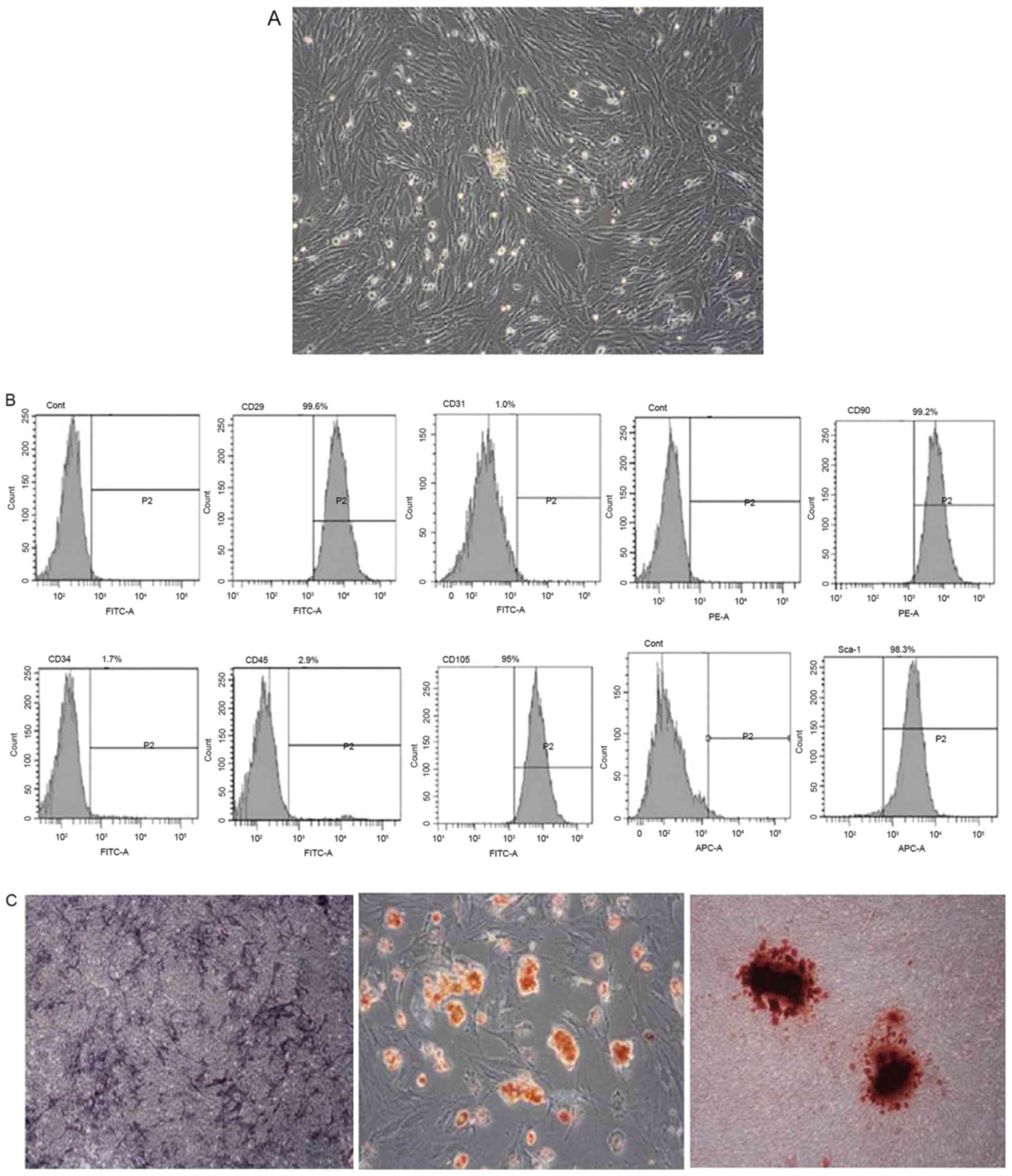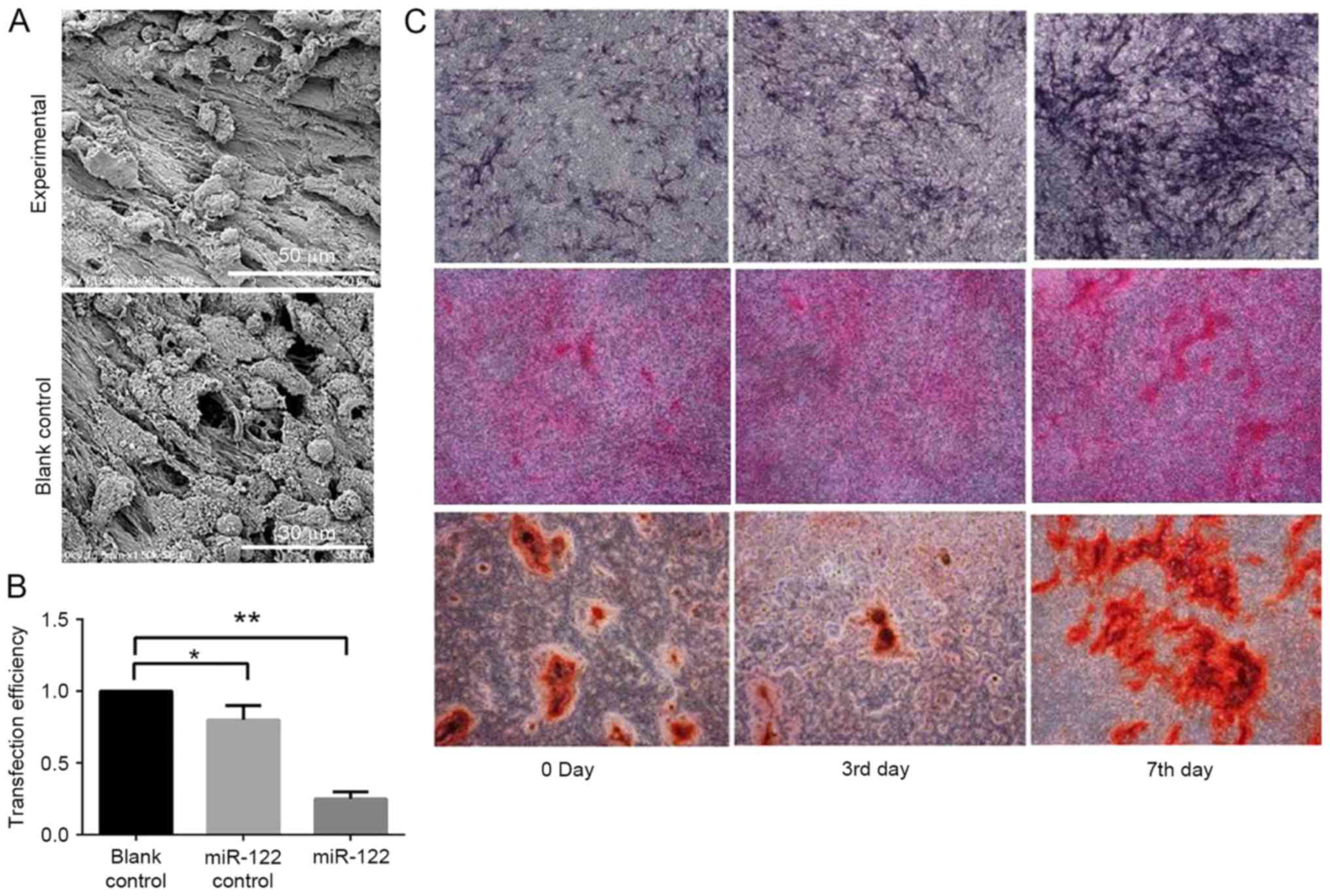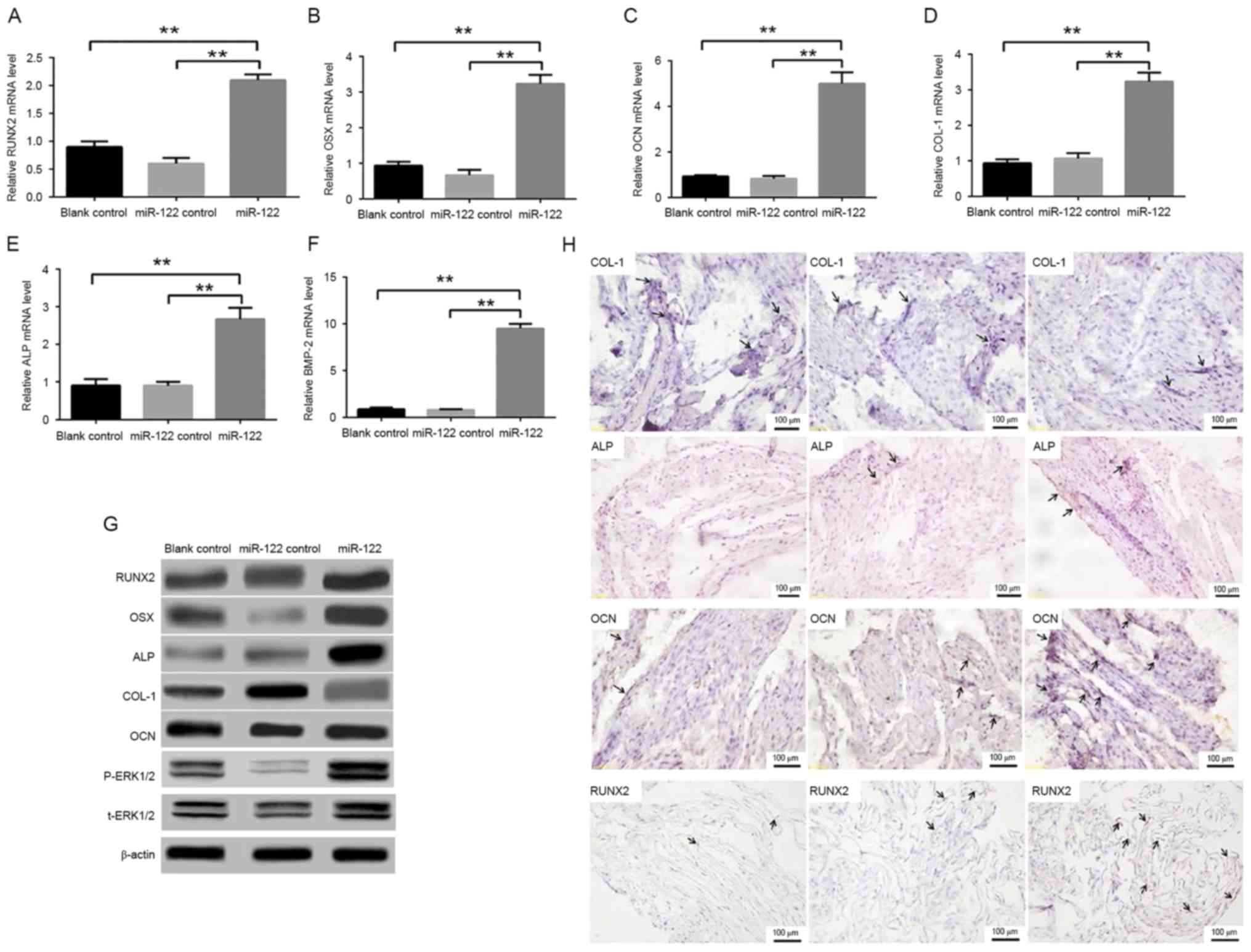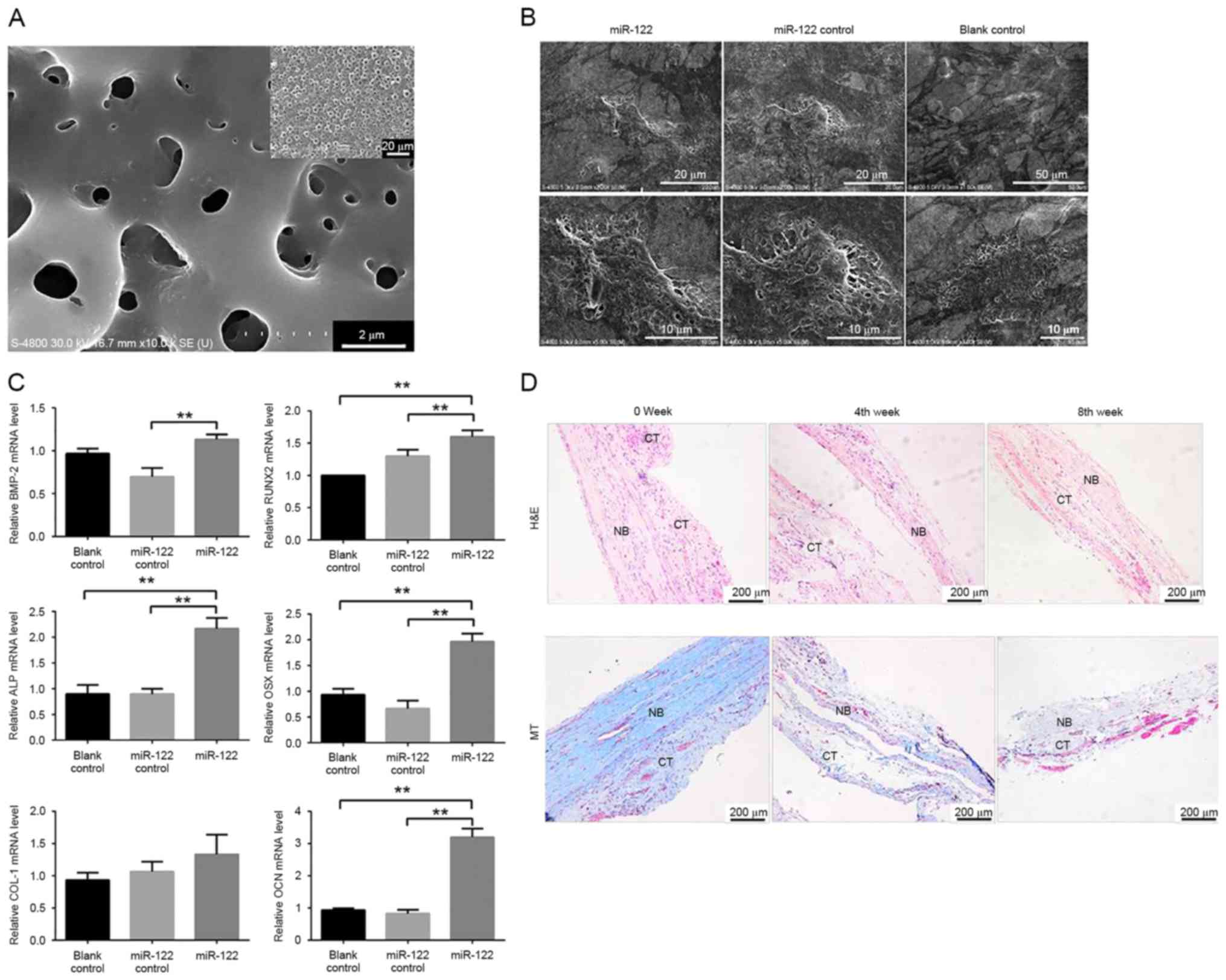|
1
|
Masuda S and Shimizu T: Three-dimensional
cardiac tissue fabrication based on cell sheet technology. Adv Drug
Deliv Rev. 96:103–109. 2016. View Article : Google Scholar
|
|
2
|
Clark AG and Vignjevic DM: Modes of cancer
cell invasion and the role of the microenvironment. Curr Opin Cell
Biol. 36:13–22. 2015. View Article : Google Scholar
|
|
3
|
Chian KS, Leong MF and Kono K:
Regenerative medicine for oesophageal reconstruction after cancer
treatment. Lancet Oncol. 16:e84–e92. 2015. View Article : Google Scholar
|
|
4
|
Westrate LM, Lee JE, Prinz WA and Voeltz
GK: Form follows function: The importance of endoplasmic reticulum
shape. Annu Rev Biochem. 84:791–811. 2015. View Article : Google Scholar
|
|
5
|
Pocha SM and Montell DJ: Cellular and
molecular mechanisms of single and collective cell migrations in
Drosophila: Themes and variations. Annu Rev Genet.
48:295–318. 2014. View Article : Google Scholar
|
|
6
|
Sugimura R: Bioengineering hematopoietic
stem cell niche toward regenerative medicine. Adv Drug Deliv Rev.
99:212–220. 2016. View Article : Google Scholar
|
|
7
|
Flor TB and Blom B: Pathogens use and
abuse microRNAs to deceive the immune system. Int J Mol Sci.
17:5382016. View Article : Google Scholar :
|
|
8
|
Hayes CN and Chayama K: MicroRNAs as
biomarkers for liver disease and hepatocellular carcinoma. Int J
Mol Sci. 17:2802016. View Article : Google Scholar :
|
|
9
|
Huang JT, Liu SM, Ma H, Yang Y, Zhang X,
Sun H, Zhang X, Xu J and Wang J: Systematic review and
meta-analysis: Circulating miRNAs for diagnosis of hepatocellular
carcinoma. J Cell Physiol. 231:328–335. 2016. View Article : Google Scholar
|
|
10
|
Farooqi AA, Fayyaz S, Shatynska-Mytsyk I,
Javed Z, Jabeen S, Yaylim I, Gasparri ML and Panici PB: Is miR-34a
a well-equipped swordsman to conquer temple of molecular oncology?
Chem Biol Drug Des. 87:321–334. 2016. View Article : Google Scholar
|
|
11
|
Chmielewska AM, Rychłowska M, Król E,
Solarz K and Bieńkowska-Szewczyk K: Novel methods of hepatitis C
treatment and prevention. Postepy Hig Med Dosw (Online).
69:946–963. 2015. View Article : Google Scholar
|
|
12
|
Stachowiak G, Zajac A, Nowak M,
Stetkiewicz T and Wilczyński JR: Hemostatic disorders of the
menopausal period: The role of microRNA. Prz Menopauzalny.
14:144–148. 2015.
|
|
13
|
Casas-Agustench P, Iglesias-Gutiérrez E
and Dávalos A: Mother's nutritional miRNA legacy: Nutrition during
pregnancy and its possible implications to develop cardiometabolic
disease in later life. Pharmacol Res. 100:322–334. 2015. View Article : Google Scholar
|
|
14
|
Livak KJ and Schmittgen TD: Analysis of
relative gene expression data using real-time quantitative PCR and
the 2(-Delta Delta C(T)) method. Methods. 25:402–408. 2001.
View Article : Google Scholar
|
|
15
|
Ivanovska IL, Shin JW, Swift J and Discher
DE: Stem cell mechanobiology: Diverse lessons from bone marrow.
Trends Cell Biol. 25:523–532. 2015. View Article : Google Scholar :
|
|
16
|
Willeit P, Skroblin P, Kiechl S,
Fernández-Hernando C and Mayr M: Liver microRNAs: Potential
mediators and biomarkers for metabolic and cardiovascular disease?
Eur Heart J. 37:3260–3266. 2016. View Article : Google Scholar :
|
|
17
|
McGill MR and Jaeschke H: MicroRNAs as
signaling mediators and biomarkers of drug- and chemical-induced
liver injury. J Clin Med. 4:1063–1078. 2015. View Article : Google Scholar :
|
|
18
|
Sedano CD and Sarnow P: Interaction of
host cell microRNAs with the HCV RNA genome during infection of
liver cells. Semin Liver Dis. 35:75–80. 2015. View Article : Google Scholar :
|
|
19
|
Motavaf M, Safari S and Alavian SM:
Targeting microRNA-122: Walking on cutting edge of hepatitis C
virus infection therapy. Acta Virol. 58:301–308. 2014. View Article : Google Scholar
|
|
20
|
He L, Tian DA, Li PY and He XX: Mouse
models of liver cancer: Progress and recommendations. Oncotarget.
6:23306–23322. 2015. View Article : Google Scholar :
|
|
21
|
Gibson NW: Engineered microRNA
therapeutics. J R Coll Physicians Edinb. 44:196–200. 2014.
View Article : Google Scholar
|
|
22
|
Wilson JA and Sagan SM: Hepatitis C virus
and human miR-122: Insights from the bench to the clinic. Curr Opin
Virol. 7:11–18. 2014. View Article : Google Scholar
|
|
23
|
Gupta P, Cairns MJ and Saksena NK:
Regulation of gene expression by microRNA in HCV infection and
HCV-mediated hepatocellular carcinoma. Virol J. 11:642014.
View Article : Google Scholar :
|
|
24
|
Baek J, Kang S and Min H:
MicroRNA-targeting therapeutics for hepatitis C. Arch Pharm Res.
37:299–305. 2014. View Article : Google Scholar
|
|
25
|
Qiu Z and Dai Y: Roadmap of
miR-122-related clinical application from bench to bedside. Expert
Opin Investig Drugs. 23:347–355. 2014. View Article : Google Scholar
|


















